Earth Part 1/4 - Have we been lucky with our earth?
There’s a lot to say about it. Enjoy this bundling, for better or for worse.
Maybe, but don’t overdo it.
It is in the habitable zone of our sun and that is certainly crucial. This zone or Goldilock zone is the area within a planetary system where life is possible. In that zone there are usually rocky planets, which is nice. A further requirement for the emergence of life is liquid water. The planet will therefore have to stand at a distance from the star where the water does not freeze and does not evaporate:
- If the star is large, with a lot of luminosity, the habitable zone will be further away from the star.
- If the star is small, with less luminosity, the habitable zone will be closer to the star. But that’s a temporary situation. Our sun also has a life cycle. Towards its end, it will swell into a red giant and swallow up all the planets in the habitable zone. In our solar system, only Earth and Mars are in the habitable zone. Venus and Mercury are too close to the Sun, the other planets are too far. So we already feel what’s going to happen, first the Earth will be destroyed and millions of years later it will be Mars’ turn. We have to get out of here by then, luckily there’s still plenty of time.
The parent star (like our sun) must be a certain size, slightly larger or slightly smaller may but there are limits to that size. The size of a star determines its lifespan. We need enough time to be able to form planets first, then cool them down and then re-create life on them. A sufficiently long life depends on the size of the star:
- If the star is heavier than a maximum of twice our sun mass, its supply of hydrogen is too fast to form a planetary system and then create life on it. So too heavy stars have too short a lifespan.
- If the star is lighter than at least half of our sun mass then its life span is still fine (read long enough) but then no habitable zone can actually be formed. The star is too small and therefore too faint, so that the habitable zone is so close to the star that it is not its light but its harmful eruptions that make the planet uninhabitable.
Our Earth still has a liquid nucleus with still volcanism. The liquid core makes the earth’s plates move, creating mountains and valleys, say niches where life can thrive. The volcanism in which the liquid magma emerges, causes the formation of rocks and minerals. The gas emissions that are present here creates an atmosphere (which of course still needs to be adjusted). Further cooling will eliminate that liquid core. Presumably that is the case on Mars and thus came to an end the life process that started or not. With us, the danger of a super eruption still lurks around the corner in America or North Korea. God beware us. But it may one day come because the pressure has to be off the boiler.
There is an atmosphere with oxygen that is added to it at a later stage by life itself. We can only dream of this on Mars. However, our atmosphere is so thin and so fragile that it could be blown away by a fickle star in the blink of an eye for several million years. In our planetary system, everywhere has gone wrong in this area except earth. In those other planets, the atmosphere is either deadly suffocating or virtually nonexistent.
The earth shaft makes a certain angle with its rotation plane. In this way, seasons arise and we therefore have a changing climate which benefits erosion. Erosion exposes building blocks for life. In our solar system, half of the planets already have an inclination angle, so it doesn’t seem to be that special. Similarly, there are seasons on Mars. So at first glance there is a contradiction here, but we have to accept that seasons alone are not enough to create life. Does it have to be said that perhaps we are already at the point where the climate is changing irretrievably for the time being?
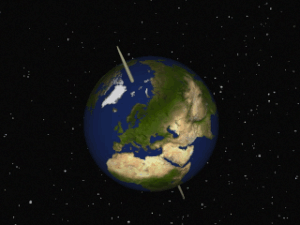
The Earth's axis is at an angle of 66??33' on the earth's orbital plane around the sun on https://nl.wikipedia.org/.
Our Earth has a strong magnetic field, its impact goes a long way. Life orients itself accordingly. Not only could humans lose the north, but also countless animal species would no longer find their way on their important migration journeys which they undertake almost annually. Admittedly, these migrations should be seen as an adaptation to magnetism and not the other way around. The advantage remains that the solar winds that are deseed by the magnetism are deflected. However, this magnetic field may decrease significantly with further cooling of the Earth. So we can still expect problems.
Obviously a lot of water, we don’t know any better. It is not yet clear where exactly this precious commodity will come from. It may have been presented by meteorites and our system itself produced an increase by condensation of water vapor released by volcanism. The total amount of water on earth is in a more or less closed system in which water can occur in its 3 states. We have it and we certainly need it. The search for open liquid water on our other planets is actually completed, we haven’t found it. Perhaps there is bound water here and there. Possibly deep in the subsoil or superficially at the poles, but always not in the ideal state and always too little to embroider on. And beware, Mars may have had a lot of water once, and that water may disappear.
And our moon, unique in our solar system because of its size, distance from Earth and its solitude is an important link. It certainly ensures a lot of frivolity such as cycles and tides:
- These cycles are found in reproduction, the ultimate characteristic of life.
- These tides allow for a depth mixing of the ocean water in which temperature and nutrients are dispersed and homogenized.

A new model. The tides in our oceans slosh, like water can slosh in a bathtub on http://www.dajaks.nl/.
Of course, it is not those who have adapted to us, but it is us who have adapted to it. Over time, however, the acceleration has increased the distance between the moon and the Earth. Currently, the annual increase is 3.8 inches per year, or so anyway “Sic transit gloria mundi?”
And Jupiter swept away a lot of space debris. Perhaps every habitable planetary system needs such a huge planet/gas giant. In our proto-planetary system, the Earth was unlivable precisely because of the numerous impacts. Jupiter reduced the chances of those impacts, and by the way, our Earth itself wiped out its own orbit to a certain extent. Later, when there was already life, some projectiles came through anyway. They destroyed (part of) life but on the other hand offered a new way for the remaining life. Think of it as a new opportunity that perhaps we (and the mammals in general) benefited from when a last and giant meteorite hit Earth about 65 million years ago. When impacted, the Chicxulub crater of 180 km in diameter was created in the bay of Mexico. The crater was discovered in 1991. Its impact probably led to the end of the era of giant reptiles, but offered an opportunity for the fledgling mammals. We have to expect an asteroid to come through one day. The prizes are handed out at the meet and price we are going to have.
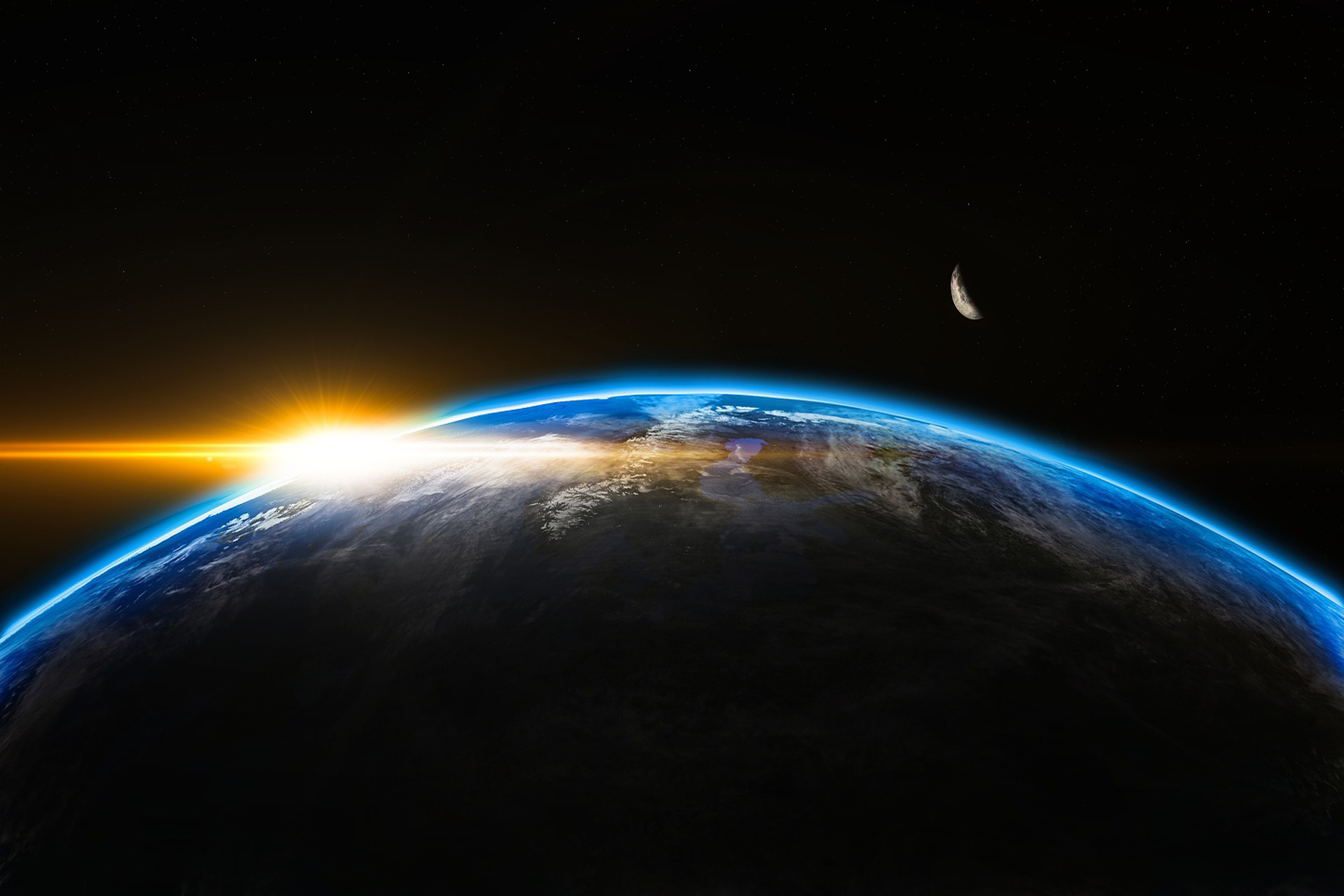

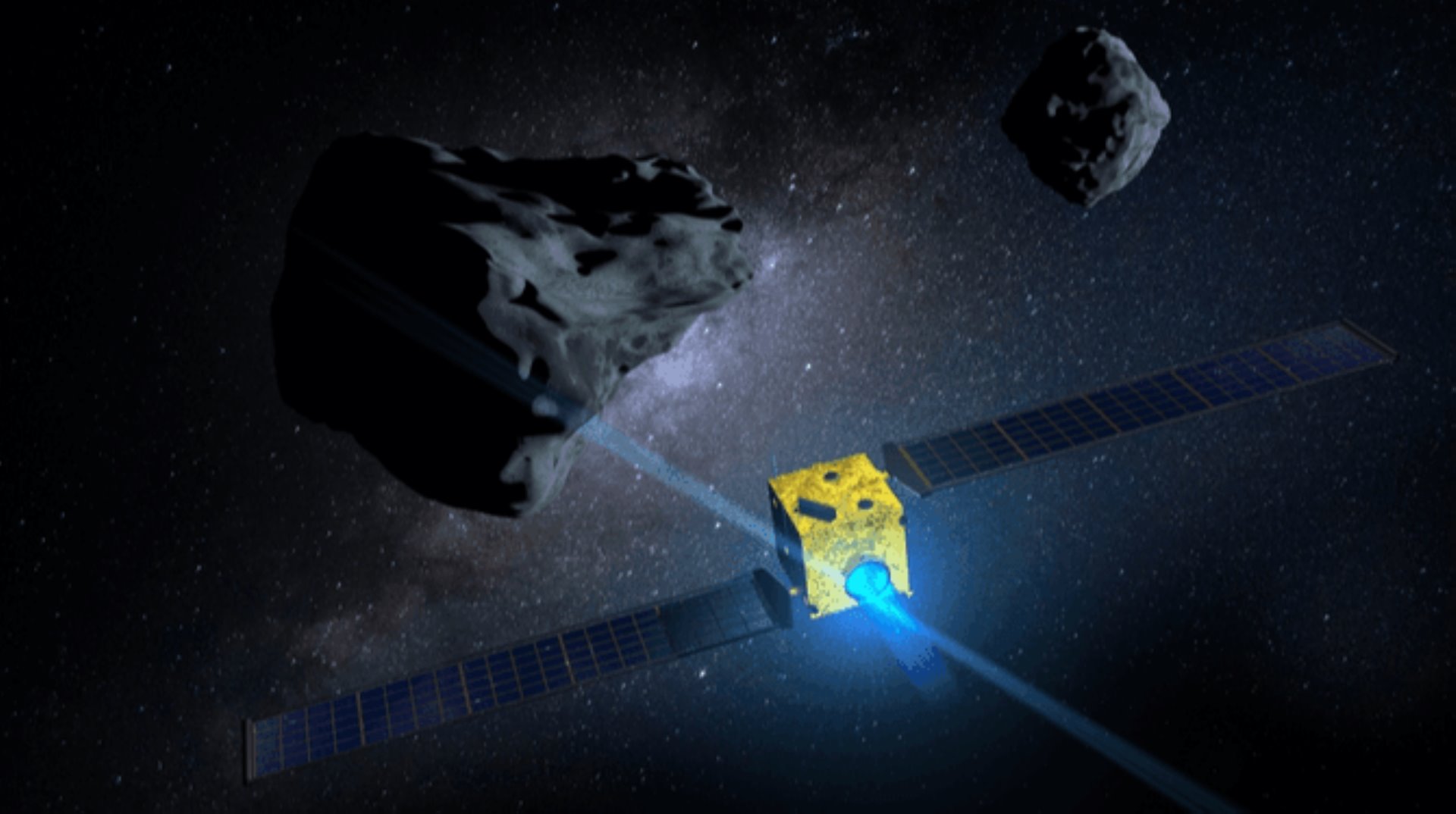
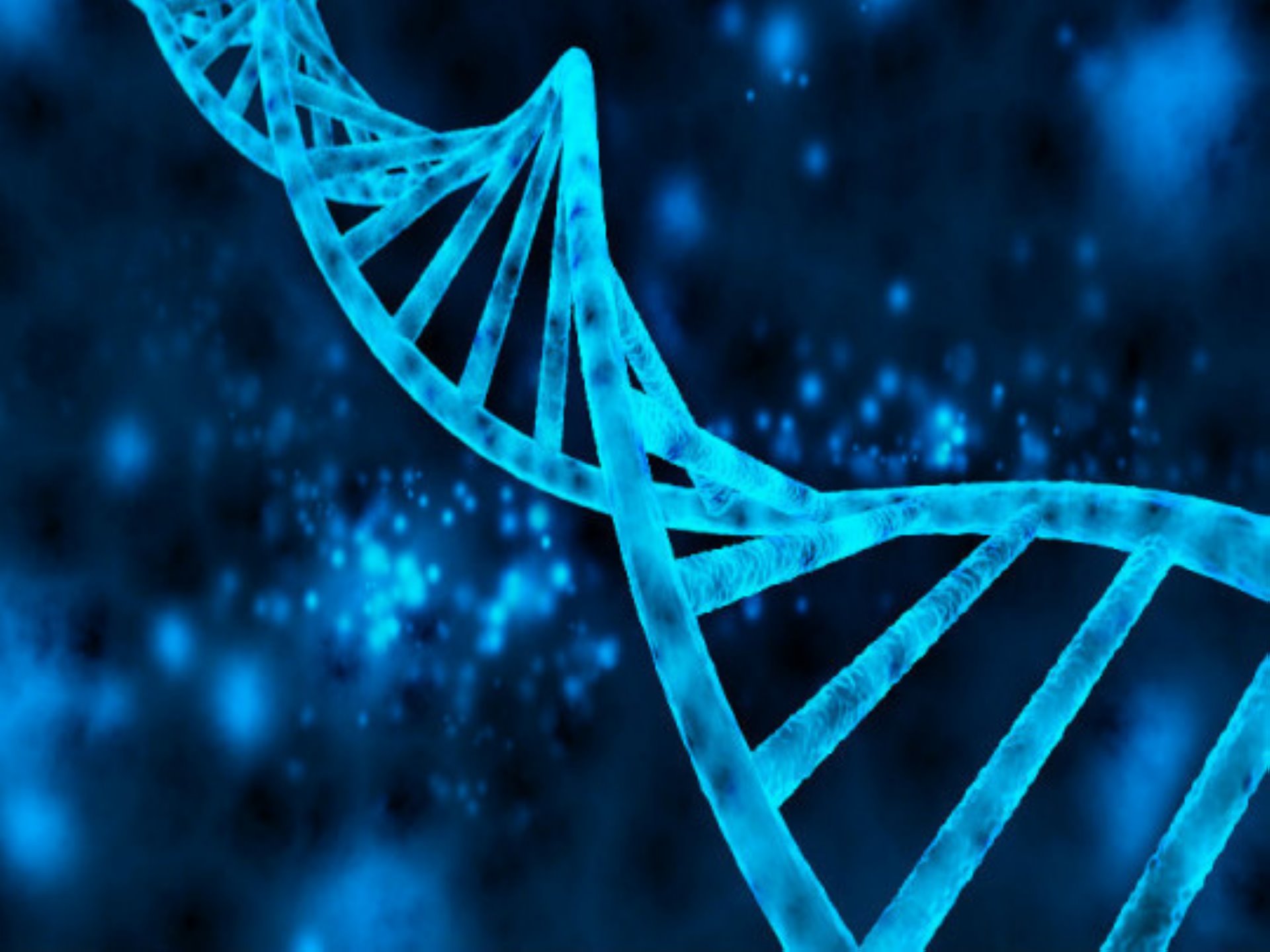
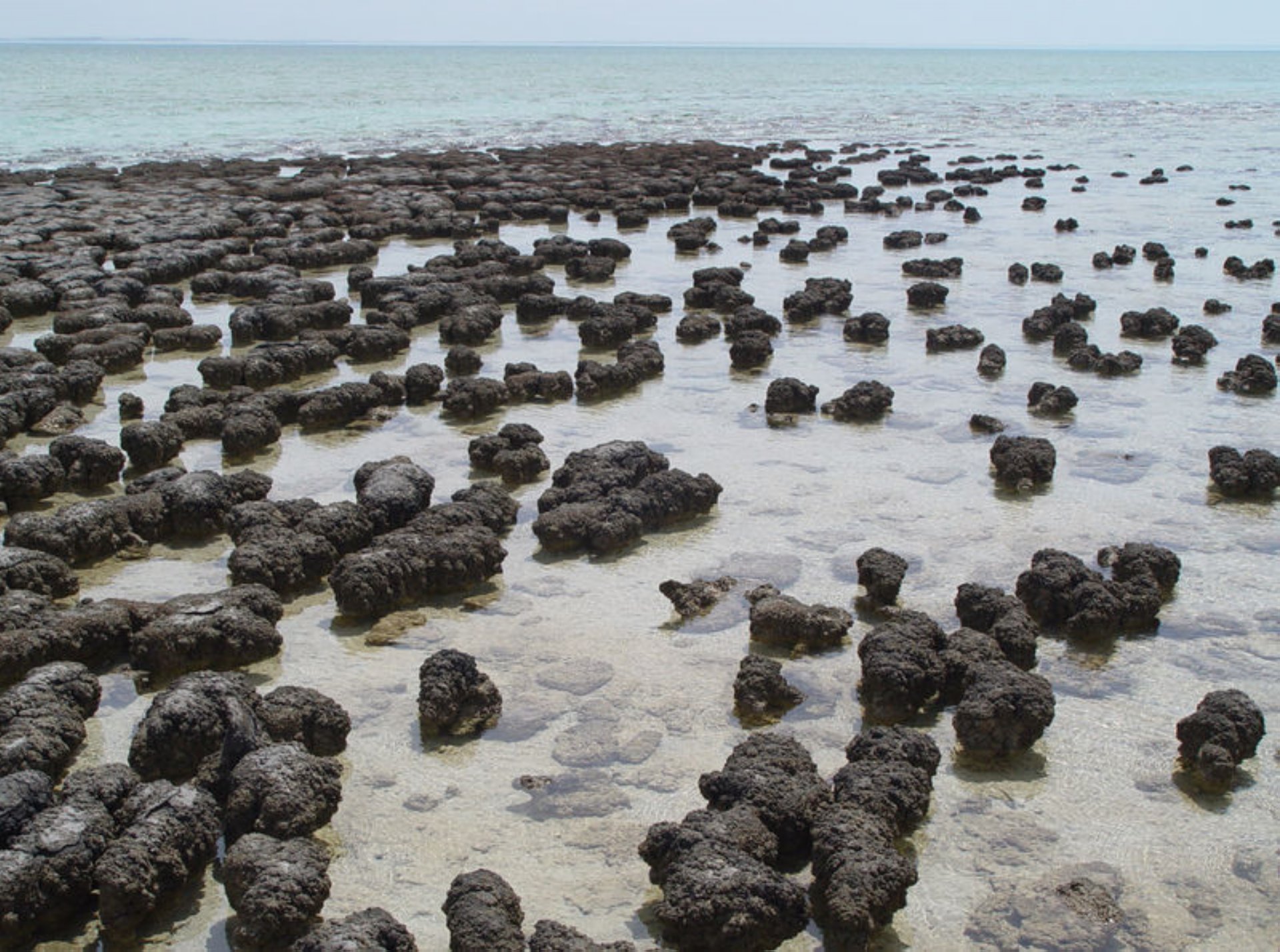
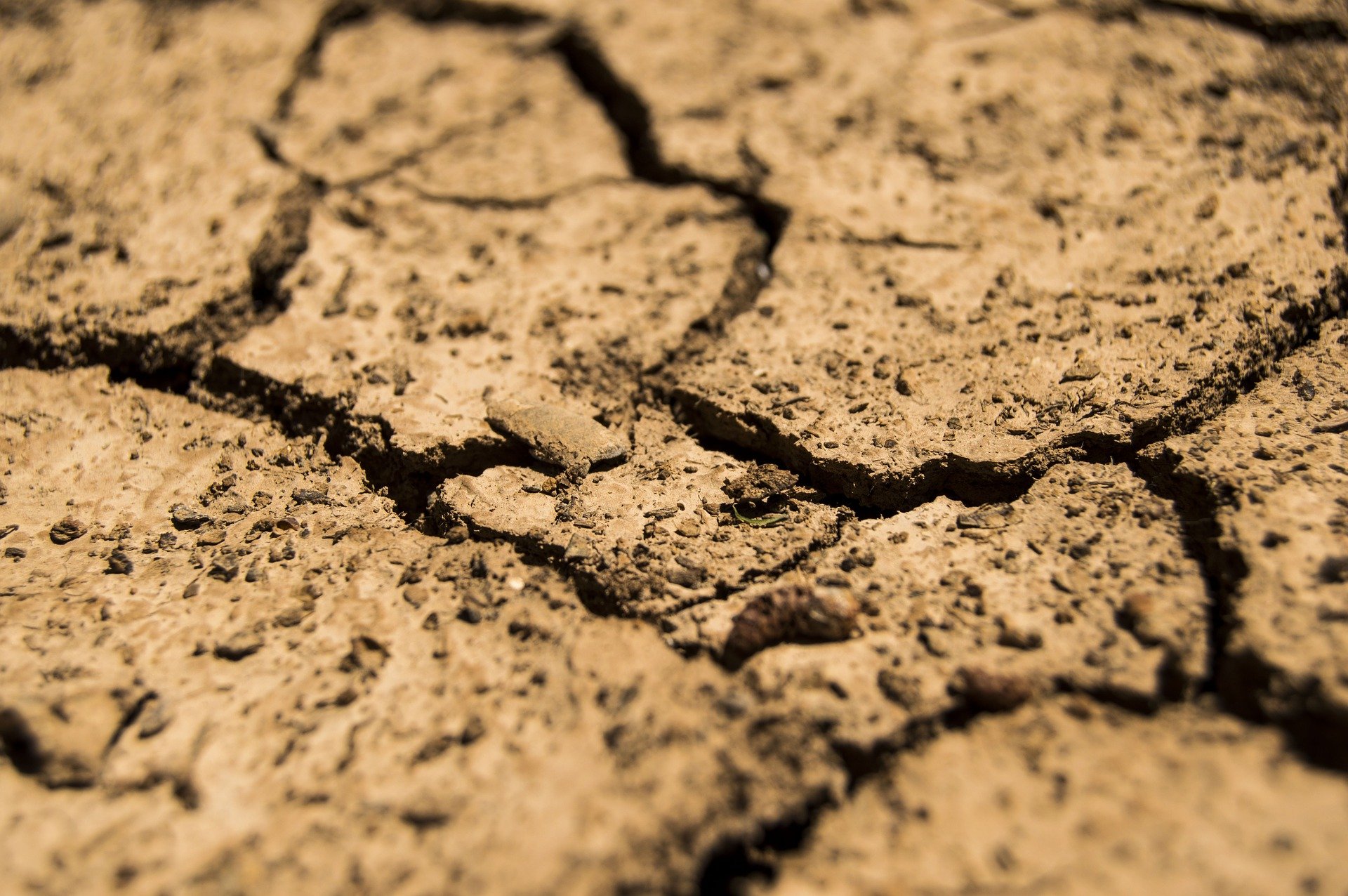
Comments